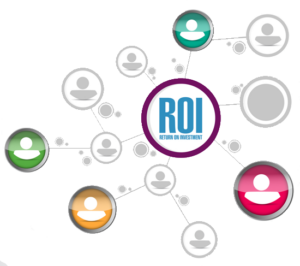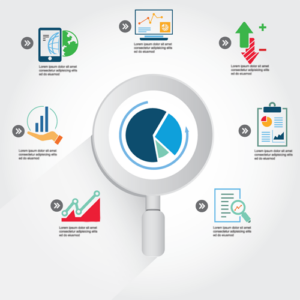Engaging employees can be difficult, but it is something that organisations need to consider for long-term success and employee wellbeing.
Creating an engaged workforce is no easy task, but it can be achieved if the right measures are put in place. In the average working population, the ratio of engaged to actively disengaged employees is about 2:1, according to a study published by Gallup Consulting. Engaged employees feel connected with the goals of the organisation and willingly invest in their roles and the larger organisational outcomes. As such, increasing levels of employee engagement has become a top priority for many organisations.
Here are some tips on fostering engaged employees.
Identify workplace issues
One of the biggest factors limiting employee engagement might not be a problem with the job itself, but rather issues or policies within the workplace. Addressing these directly can boost engagement.
A survey released by the Australian Psychological Society found that only 52 per cent of employees believed that their bosses valued their work contributions or cared about their wellbeing. In addition, only 46 percent said that they received regular feedback.
With a lack of direction, it can be difficult to stay motivated – especially when working as part of a larger team.
Build a happier workforce
A key facet of employee engagement is wellbeing. Focusing on the factors that increasing satisfaction, happiness and wellbeing amongst employees can result in productivity and engagement gains across the workforce. A supportive environment is key to a productive workforce.
Focus on development
Of all the factors that help build employee engagement, making opportunities for people to develop their skills and progress their careers are right at the top. Using strengths-based feedback to focus professional development is one of the best ways to help employees grow their skills. Constructive and accurate feedback helps managers and teams learn from each other. Leaderskill’s Leader/Manager™ 360-degree feedback surveys focus on a comprehensive range of good manager practices and ask what the recipient could ‘do more’ or ‘do less’ of to be more effective. The debrief facilitates participants to understand their strengths and area for development (opportunities) rather than emphasising weaknesses or problems. This empowering approach to feedback increases engagement.








